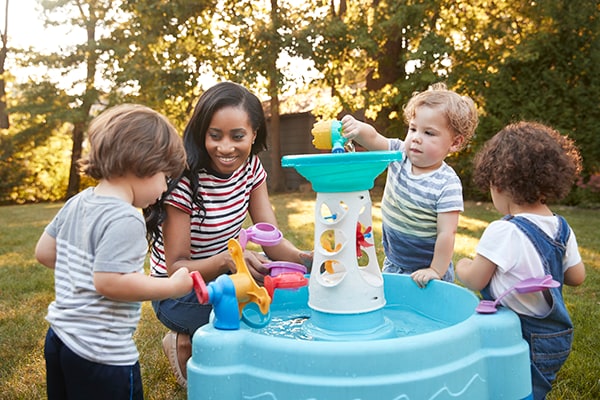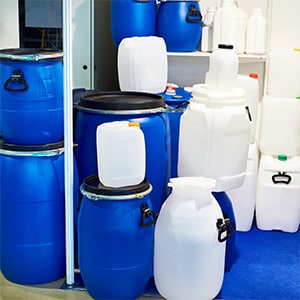"The Moving Image and Sound Branch is pleased to announce that the sound recordings of RG 267: Records of the Supreme Court of the United States have been fully digitized and are available for listening and download through the National Archives Catalog. The audio recordings in Record Group 267 are organized into three series, Sound Recordings of Oral Arguments – Black Series, October 1955 – December 1972, Sound Recordings of Oral Arguments – Red Series, December 1972 – June 27, 2005, and Sound Recordings of Oral Arguments – Gold Series, October 3, 2005 – May 31, 2020.
The Supreme Court of the United States did not start recording oral arguments until the 1955 October term. Cases heard prior to that date can sometimes have a related transcript, but they were not captured consistently and do not exist for all cases. If they exist, pre-1955 transcripts can be found in Appellate Jurisdiction Case Files, 1792-2017. Starting in October 1955, the Court captured all oral arguments for cases heard each term, as well as special proceedings such as memorial services and admissions to the bar. The recordings from these proceedings are organized chronologically by the date of the arguments. The judgments of the Court, which are called opinions, were not regularly recorded until the mid-1980s. If the opinion does exist, it can be found on the tape corresponding to the date the opinion was announced.
Some well-known cases you can now listen to in the National Archives Catalog include Loving v. Virginia, Obergefell v. Hodges, Roe v. Wade, and Republic of Austria v. Altmann..."
Supreme Court Recordings



